Any mains wiring installation requires a safety earthing system, or grounding electrode system - typically to grounding rods or a steel water pipe.
Then, the transformer's output is grounded: One conductor is picked to be "neutral", or a hypothetical point in the middle is picked using transformer tricks, and that is pegged to the grounding electrode to create an artificial relationship with ground. Of course this is also tied to those green ground wires in the wiring.
Why? To give a return path for fault currernt, and to keep the system voltages from "floating" or "rattling" at arbitrary random potentials. For instance if the 2400V supply transformer had a weak primary-secondary fault, it might "pull up" the secondary outputs up to 2400V, so now your voltages are 2280V, 2400V, and 2520V. Trouble is, your stuff is not insulated for 2520V.
In residential, the neighborhood poletop transformer has a ground rod and a neutral-ground bond. Each house's main service panel also has a grounding electrode and its own neutral-ground bond. They must all be in sync, or you will create current loops through your lawn, and make your meter spin. But if you own your own transformer, you can ground any way you want.
Imagine you have a supply transformer with secondary taps at 0V, 120V, 123V, and 240V. You connect 0V to pole L1, 120V to neutral, 123V to ground, and 240V to pole L2. At this point you would have common North American split-phase power, with L1 and L2 both 120V from neutral. But with a twist: neutral would be biased 3V away from ground. That's weird, but it still serves all the purposes of grounding: it keeps neutral near ground, gives a path for fault current, and assures sane voltages on all the conductors.
Why does your hot-ground fault complete a circuit? Because we added that neutral-ground bond so it would do that.
If you prefer, you could run an isolated system where hot and neutral have no relationship with ground, it is unbonded. In that case, your first ground fault becomes your ground bond. I have had this happen with a panel fed from an onsite transformer that unknowingly did not have a neutral-ground bond. An L1-ground fault biased the entire system 120V from where it should've been, with L2 now 240V from ground and neutral 120V from ground. I found this out when I deenergized a circuit on L2 and flashed its hot to ground just to make sure it was off; rather than get a blinding arc flash, I got a tiny fizzle and the circuit lit back up! Not good, though.
At this point, your second ground fault then starts tripping breakers.
An isolated system makes sense when you have engineering staff on premises regularly checking for ground faults. They catch the first one before a second one occurs.
No one has ever claimed that earth draws all electrons to it. A lot of people think electricity wants to "return to earth", that's only true for lightning and ESD. Artificial electricity wants to return to source.



